When is it too soon to return to exercise after COVID?
Here’s a guide to Graduated Return to Play (GRTP)
The Omicron Variant recently infected many of you in Whatcom County. I've had several conversations to help guide many of you safely back into exercise. It's important to allow yourself a gradual return to exercise after COVID
At Prime, we've been following the guidelines published in the British Journal of Sports Medicine (BJSM) to help those who have had mild to moderate illness return to exercise. Those requiring hospital admission merit further assessment.
Experts say not to resume exercise “too soon” after COVID.
What's ‘too soon’?
You are at risk of cardiological, renal, respiratory and hematological complications. There's no definitive time for rest, since the clinicians are learning things about COVID as time goes on. Please remember, there's no way to truly rest your heart and lungs since they need to continually work to keep us alive. Thus, the important thing to remember is that anything that causes these organs to work harder, such as exercise, makes it harder for them to heal. Unlike a broken bone that can be casted to heal, your heart and lungs cannot.
Please read the guidelines below and discuss with your doctor for further instructions regarding your health. We will work in collaboration with your physician to guide you safely back.
Safely returning to activity post Covid infection (BJSM)
Key considerations:
Before considering GRTP, you must be able to complete normal activities of daily living and walk 500 m on the flat without excessive fatigue or breathlessness. 500 m = 1 full lap plus one straightaway on a track like Civic Stadium.
You should have at least 10 days’ rest and be 7 days symptom-free before starting.
Less aerobically intense sports like golf may progress quicker. Experience suggests that some athletes take over 3 weeks to recover.
Some monitoring may add value, which could include:
Resting heart rate.
Rated perceived exertion.
Sleep, stress, fatigue and muscle soreness.
Injury-Psychological Readiness to Return to Sport.
If any symptoms occur (including excessive fatigue) while going through GRTP, you must return to the previous stage and progress again after a minimum of 24 hours’ period of rest without symptoms.
Athletes with comorbidities:
Athletes diagnosed with COVID-19 and who have medical conditions such as diabetes, cardiovascular disease or renal disease should have a medical assessment before starting GRTP.
Further assessments before considering GRTP:
Athletes who have a complicated or prolonged COVID-19 illness may need further investigations, including:
Blood testing for markers of inflammation (high sensitivity-Troponin, Brain Natriuretic Peptide and C reactive protein).
Cardiac monitoring (12-lead ECG, echocardiogram, exercise tolerance test and cardiac MRI).
Respiratory function assessment (spirometry).
Renal and haematological monitoring.
Graduated Return to Play (GRTP):
No exercise for 10 days following Covid infection, allowing time for your body to recover and rest. Once you begin reintroducing activity, make sure volume and intensity is a gradual increase. Try not to exceed more than a 10% increase on a week to week basis.
Step 1: Light Activity
Exercise: Light exercises (easy walking, stationary biking, jogging, no resistance training)
Duration: Up to 15 minutes
Target Goal: Steady increase of heart rate up a maximum of 70% of max HR
Step 2: Moderate Activity
Exercise : Moderate difficulty of exercises, RPE of 9-12. Reintroduce easy body weight resistance exercises, and resistance training of 50% of 1RM
Duration: Up to 45 minutes
Target Goal: Heart rate of up to 80% of max
Step 3: Advance Activity
Exercise: More intense activities, RPE of 11-14. Bring in full bodyweight exercises and resistance training of 70% of 1RM
Duration: Up to 60 minutes
Target Goal: Heart rate of up to 80% of max
Step 4: Normal training
Exercise: Resumption of normal training, and full resistance training
Duration: No restrictions
Target Goal: No restrictions, Resume normal fitness routines

